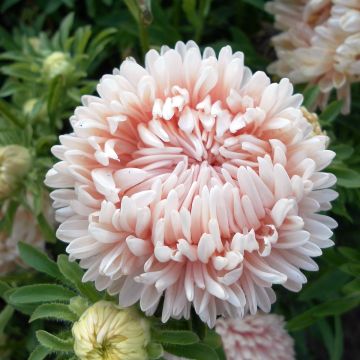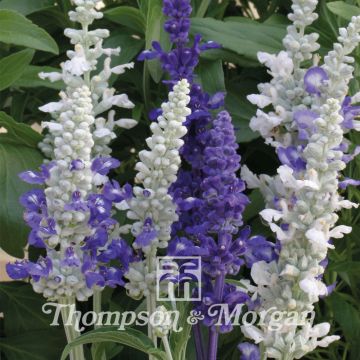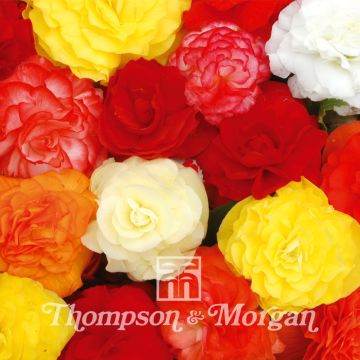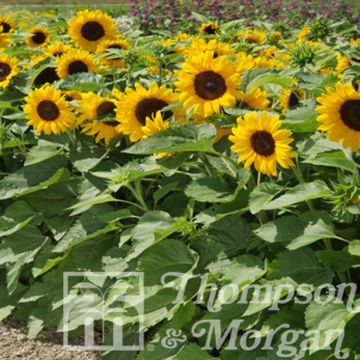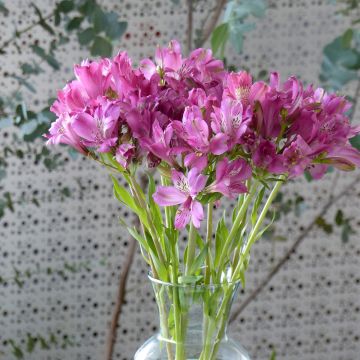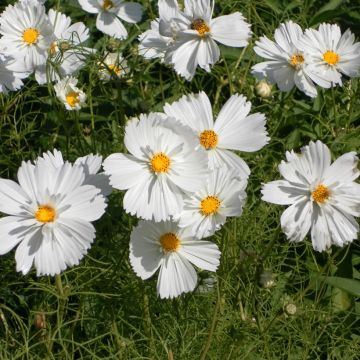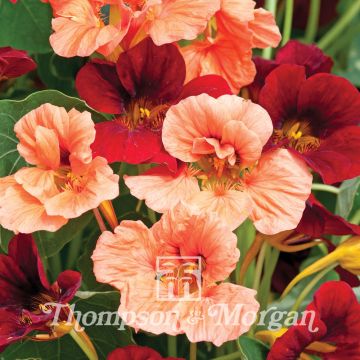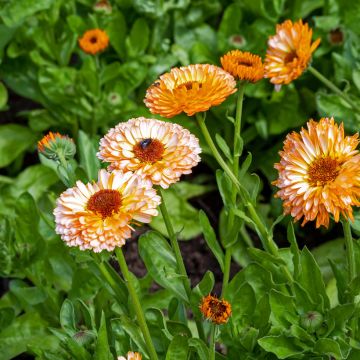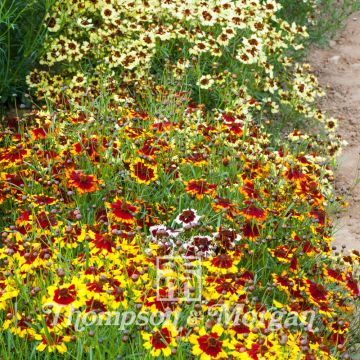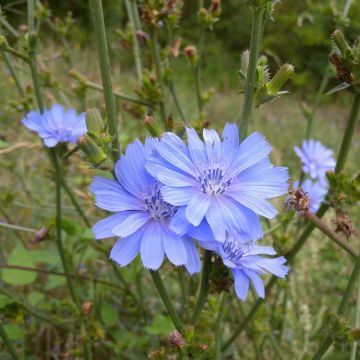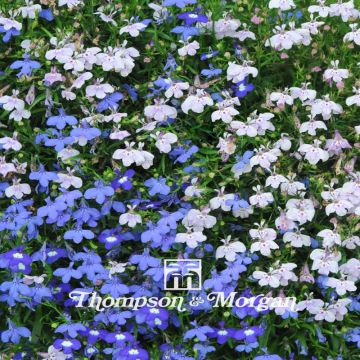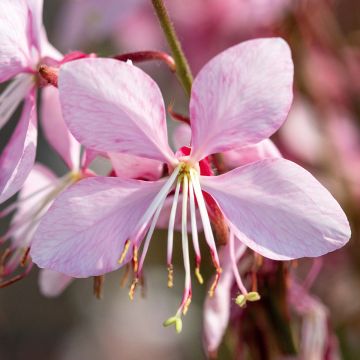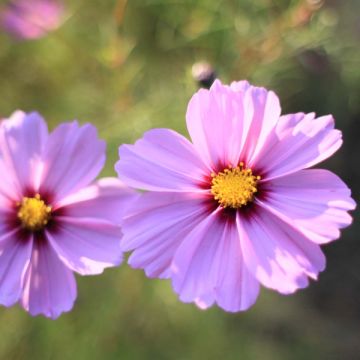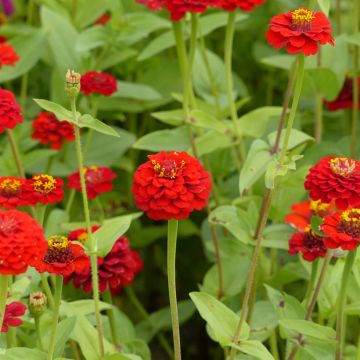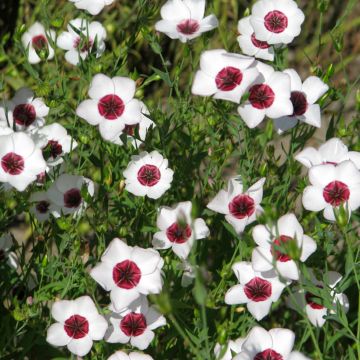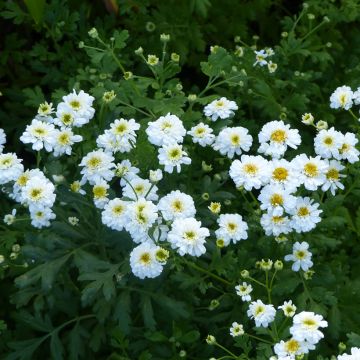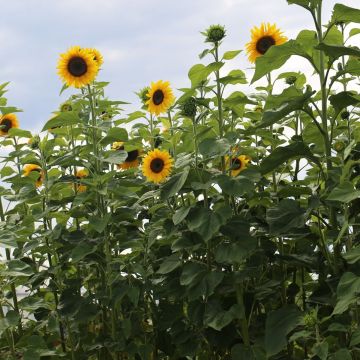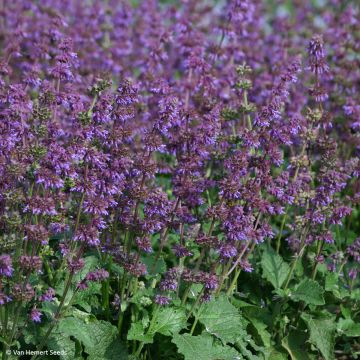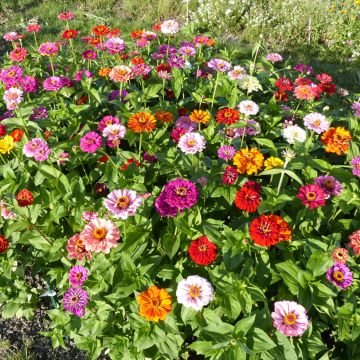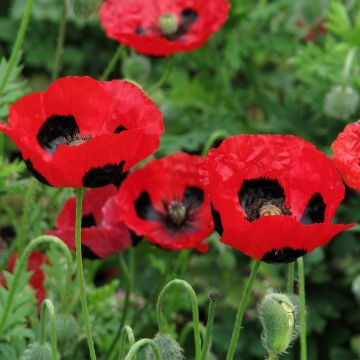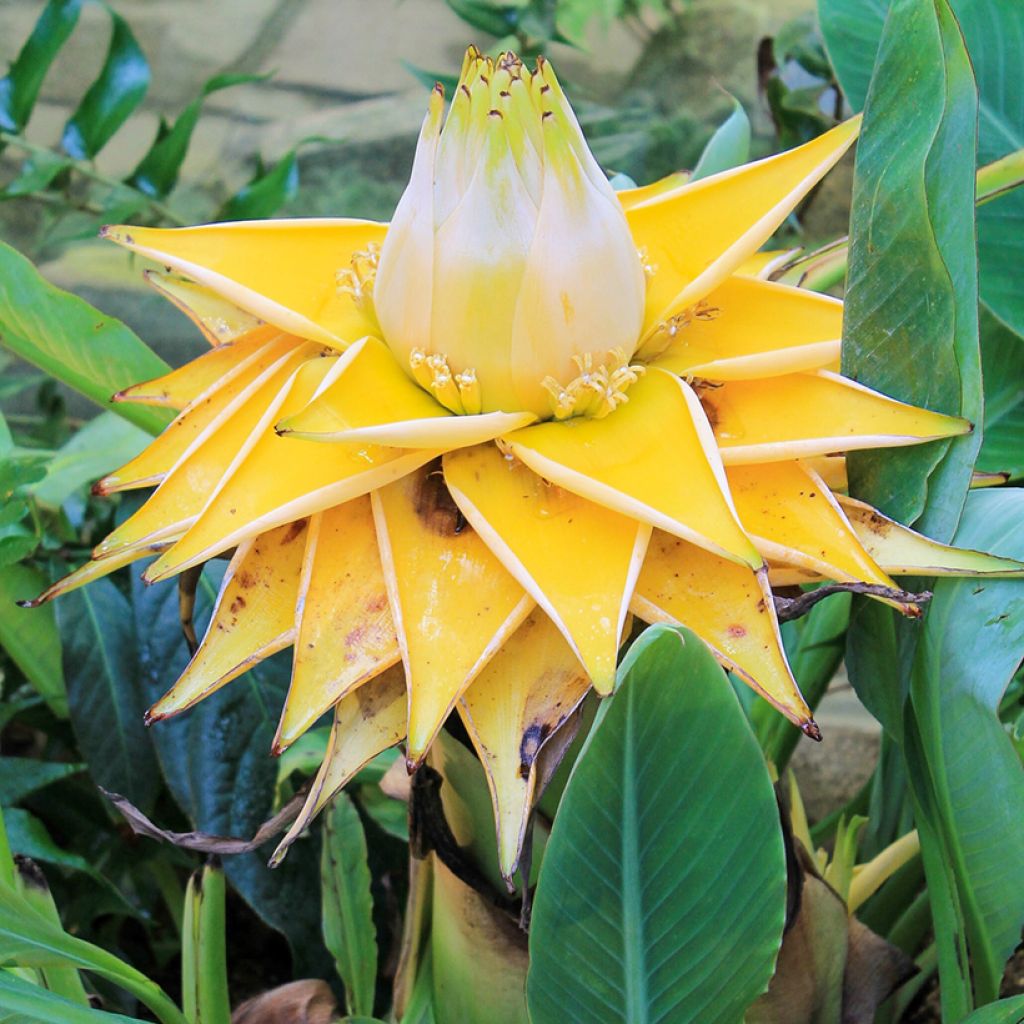

Musella lasiocarpa - Golden Lotus Banana seeds
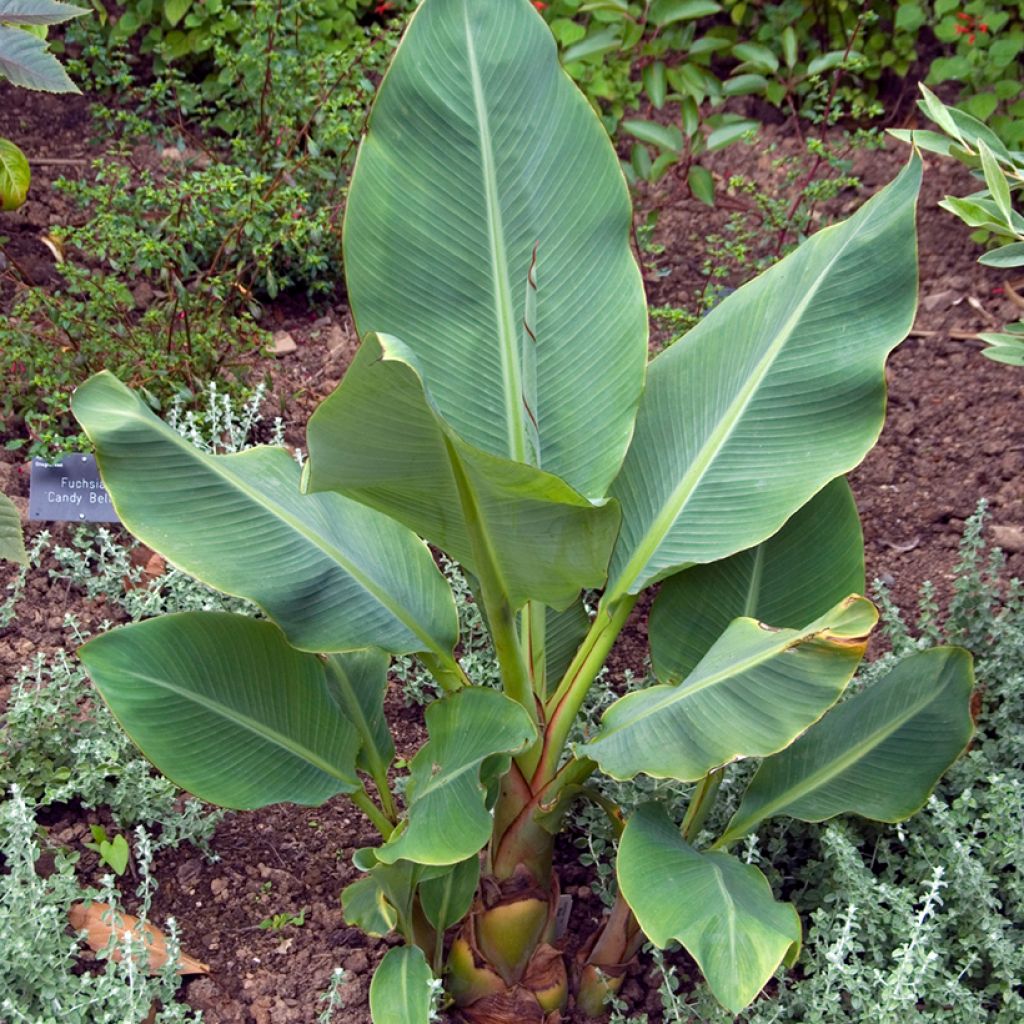

Musella lasiocarpa - Golden Lotus Banana seeds
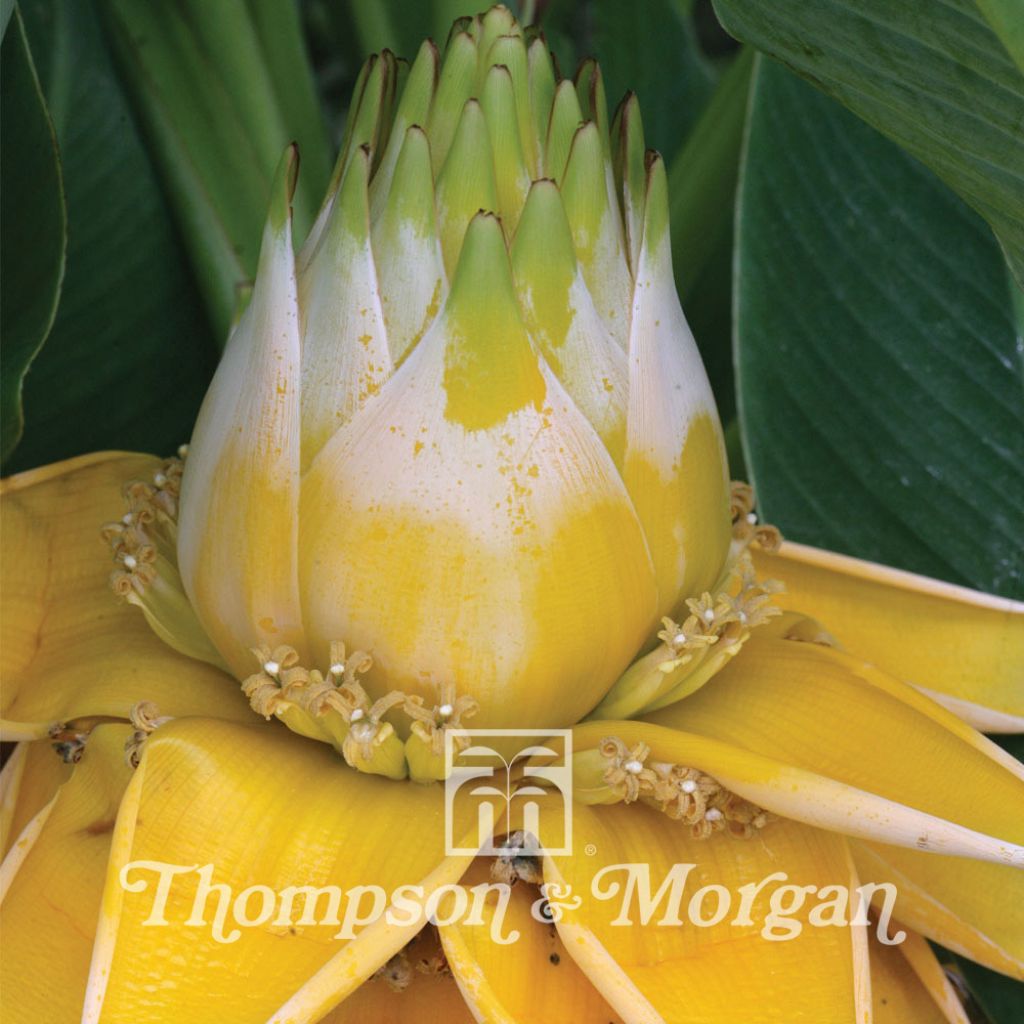

Musella lasiocarpa - Golden Lotus Banana seeds
Musella lasiocarpa - Golden Lotus Banana seeds
Musella lasiocarpa
Golden Lotus Banana, Chinese Dwarf Banana, Yellow Banana
This plant carries a 6 months recovery warranty
More information
We guarantee the quality of our plants for a full growing cycle, and will replace at our expense any plant that fails to recover under normal climatic and planting conditions.
Seed-only orders are dispatched by sealed envelope. The delivery charge for seed-only orders is €3.90.
Does this plant fit my garden?
Set up your Plantfit profile →
Description
Musa lasiocarpa, more precisely Musella lasiocarpa is also known as the Chinese dwarf banana, golden lotus or Yunnan banana, referring to its habit and its magnificent golden yellow inflorescence. This beautiful perennial plant is very similar to the banana tree, its close relative. It is distinguished by its dwarf habit and very original flowering, which can appear from the second year after sowing and last several months. This relatively hardy plant produces numerous offshoots, forming over time beautiful groups with opulent foliage, resistant to wind. It is easily grown in large containers, indoors or outdoors. It likes fertile, fresh, but drained soil and enjoys the sun or half-shade.
Musella lasiocarpa is a plant belonging to the Musaceae family, originally found in the Yunnan province of China and Vietnam. It can grow to an altitude of 2,500 m (8 ft 2 in) and is quite hardy, but its minimum threshold for cultivation is yet to be assessed. Due to its rarity in the wild, the plant's survival depends on cultivation. It is a semelparous perennial plant and has a tuberous rootstock. This small banana tree forms numerous offshoots at the base and can reach a height of 1.50 to 1.80m (4 ft 11 to 5 ft 11 in) in our climate. The plant is remarkable for its ornamental qualities, hardiness, and rapid growth. A seed sown in the spring can grow into a 1.50 m (4 ft 11 in) plant within a summer. The leaves of the plant are quite large, more fibrous and solid than those of banana trees, and are bluish-green. Flowering usually occurs 2 to 4 years after sowing and lasts 6 months to a year. The bud then produces a dense spike of thick yellow bracts, resembling a lotus flower carried by a thick stem. Small flowers develop at the base of the bracts, and fertilised flowers give rise to small fruits containing seeds that germinate easily when fresh. The plant is evergreen in a mild climate and quite sturdy.
Musa lasiocarpa is a plant that can be used in many ways. You can plant it in flower beds alone or with other plants or grow it in containers or in the ground. Depending on the climate, this plant can grow well in all regions, with or without protection. It can be paired with other plants like orange cannas or variegated foliage and can be used as a decoration for a terrace when planted in a large container. It can be stored in a cold greenhouse in a bright location in winter. It is also a great addition to greenhouse plants like oleanders, citrus trees, or the Strelitzia Reginae.
Report an error about the product description
Musella lasiocarpa - Golden Lotus Banana seeds in pictures
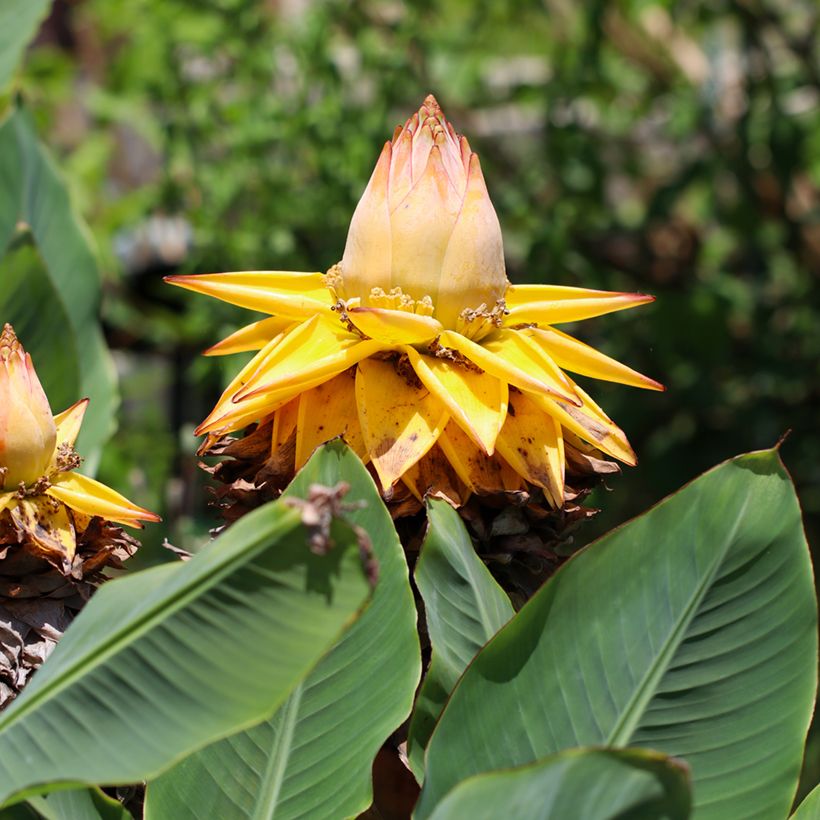

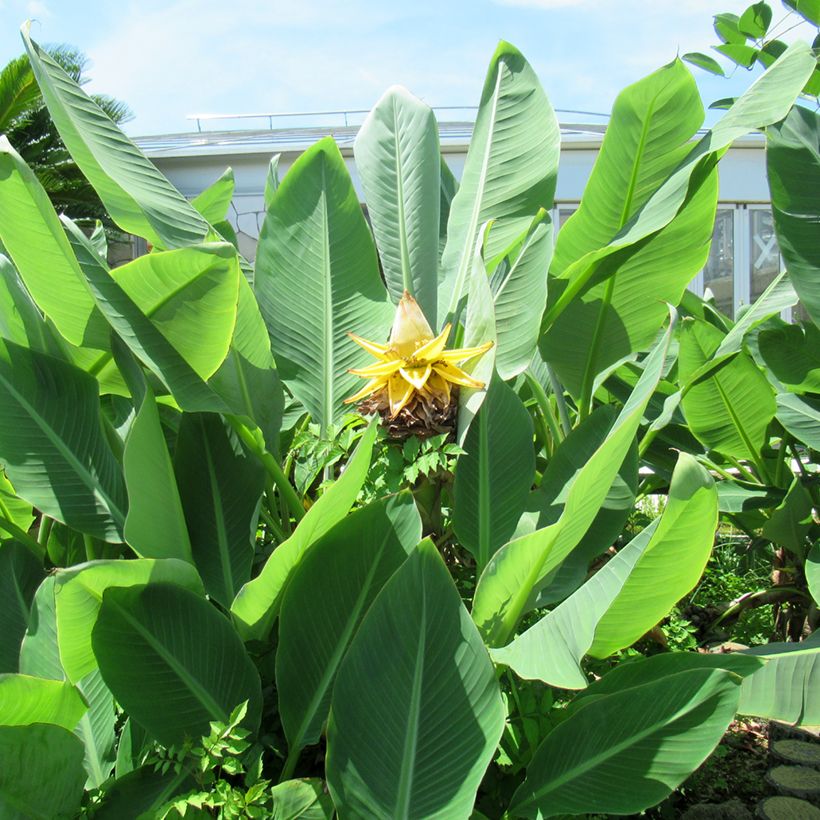



Flowering
Foliage
Plant habit
Botanical data
Musella
lasiocarpa
Musaceae
Golden Lotus Banana, Chinese Dwarf Banana, Yellow Banana
China
Other Thompson and Morgan seeds
Planting and care
You can plant Musa lasiocarpa seeds any time of the year. First, soak them in warm water for 24 hours, then use compost with sphagnum moss to bury them at 6mm (0.2in) deep. Keep the sowing enclosed in a plastic bag to keep the substrate moist. However, germination can take one to six months at a temperature of 26°C (78.8°F). Once each seedling develops, transfer it to a terrine filled with well-drained compost, taking care not to damage the fragile roots. Then, transplant it into the final container or the ground if the climate is mild.
Musa lasiocarpa grows well in full sun or partial shade, in rich, fresh soil that drains well in the ground or in a large container. Use a substrate that is a mix of garden soil, compost, coarse horticultural sand or pozzolana, and well-rotted manure, as it is a greedy plant. A bed of clay beads at the bottom of the mix improves drainage.
During the growing season, water the plant frequently and use a balanced liquid fertiliser every two weeks. The plant should never lack water in the two summer months, and the soil must never dry out.
The plant should be exposed to sunlight. A plant in a pot will benefit from being outdoors in the sun during the growing season. It may lose its leaves in winter due to lack of light. The aerial parts of the plant are destroyed by frost from -2°C (28.4°F). They then fall back on the stump, protecting the underground buds. New stems emerge in the spring, often accompanied by new shoots. The plant can resist down to -12°C (10.4°F), and maybe more.
The dwarf Chinese banana tree doesn't like waterlogged soils in winter. In very cold or wet regions in winter, cover the plant with a thick, loose layer of straw, covered with a tarp or a transparent sheet to isolate the stump and young shoots from humidity. Remove these protections once the frosts have passed. The dwarf banana tree can also be overwintered frost-free in a well-lit room, reducing watering. If some leaves change colour in winter, this won't harm the plant's health.
Sowing period
Intended location
-
, onOrder confirmed
Reply from on Promesse de fleurs
Flower seeds
Haven't found what you were looking for?
Hardiness is the lowest winter temperature a plant can endure without suffering serious damage or even dying. However, hardiness is affected by location (a sheltered area, such as a patio), protection (winter cover) and soil type (hardiness is improved by well-drained soil).

Photo Sharing Terms & Conditions
In order to encourage gardeners to interact and share their experiences, Promesse de fleurs offers various media enabling content to be uploaded onto its Site - in particular via the ‘Photo sharing’ module.
The User agrees to refrain from:
- Posting any content that is illegal, prejudicial, insulting, racist, inciteful to hatred, revisionist, contrary to public decency, that infringes on privacy or on the privacy rights of third parties, in particular the publicity rights of persons and goods, intellectual property rights, or the right to privacy.
- Submitting content on behalf of a third party;
- Impersonate the identity of a third party and/or publish any personal information about a third party;
In general, the User undertakes to refrain from any unethical behaviour.
All Content (in particular text, comments, files, images, photos, videos, creative works, etc.), which may be subject to property or intellectual property rights, image or other private rights, shall remain the property of the User, subject to the limited rights granted by the terms of the licence granted by Promesse de fleurs as stated below. Users are at liberty to publish or not to publish such Content on the Site, notably via the ‘Photo Sharing’ facility, and accept that this Content shall be made public and freely accessible, notably on the Internet.
Users further acknowledge, undertake to have ,and guarantee that they hold all necessary rights and permissions to publish such material on the Site, in particular with regard to the legislation in force pertaining to any privacy, property, intellectual property, image, or contractual rights, or rights of any other nature. By publishing such Content on the Site, Users acknowledge accepting full liability as publishers of the Content within the meaning of the law, and grant Promesse de fleurs, free of charge, an inclusive, worldwide licence for the said Content for the entire duration of its publication, including all reproduction, representation, up/downloading, displaying, performing, transmission, and storage rights.
Users also grant permission for their name to be linked to the Content and accept that this link may not always be made available.
By engaging in posting material, Users consent to their Content becoming automatically accessible on the Internet, in particular on other sites and/or blogs and/or web pages of the Promesse de fleurs site, including in particular social pages and the Promesse de fleurs catalogue.
Users may secure the removal of entrusted content free of charge by issuing a simple request via our contact form.
The flowering period indicated on our website applies to countries and regions located in USDA zone 8 (France, the United Kingdom, Ireland, the Netherlands, etc.)
It will vary according to where you live:
- In zones 9 to 10 (Italy, Spain, Greece, etc.), flowering will occur about 2 to 4 weeks earlier.
- In zones 6 to 7 (Germany, Poland, Slovenia, and lower mountainous regions), flowering will be delayed by 2 to 3 weeks.
- In zone 5 (Central Europe, Scandinavia), blooming will be delayed by 3 to 5 weeks.
In temperate climates, pruning of spring-flowering shrubs (forsythia, spireas, etc.) should be done just after flowering.
Pruning of summer-flowering shrubs (Indian Lilac, Perovskia, etc.) can be done in winter or spring.
In cold regions as well as with frost-sensitive plants, avoid pruning too early when severe frosts may still occur.
The planting period indicated on our website applies to countries and regions located in USDA zone 8 (France, United Kingdom, Ireland, Netherlands).
It will vary according to where you live:
- In Mediterranean zones (Marseille, Madrid, Milan, etc.), autumn and winter are the best planting periods.
- In continental zones (Strasbourg, Munich, Vienna, etc.), delay planting by 2 to 3 weeks in spring and bring it forward by 2 to 4 weeks in autumn.
- In mountainous regions (the Alps, Pyrenees, Carpathians, etc.), it is best to plant in late spring (May-June) or late summer (August-September).
The harvesting period indicated on our website applies to countries and regions in USDA zone 8 (France, England, Ireland, the Netherlands).
In colder areas (Scandinavia, Poland, Austria...) fruit and vegetable harvests are likely to be delayed by 3-4 weeks.
In warmer areas (Italy, Spain, Greece, etc.), harvesting will probably take place earlier, depending on weather conditions.
The sowing periods indicated on our website apply to countries and regions within USDA Zone 8 (France, UK, Ireland, Netherlands).
In colder areas (Scandinavia, Poland, Austria...), delay any outdoor sowing by 3-4 weeks, or sow under glass.
In warmer climes (Italy, Spain, Greece, etc.), bring outdoor sowing forward by a few weeks.

































